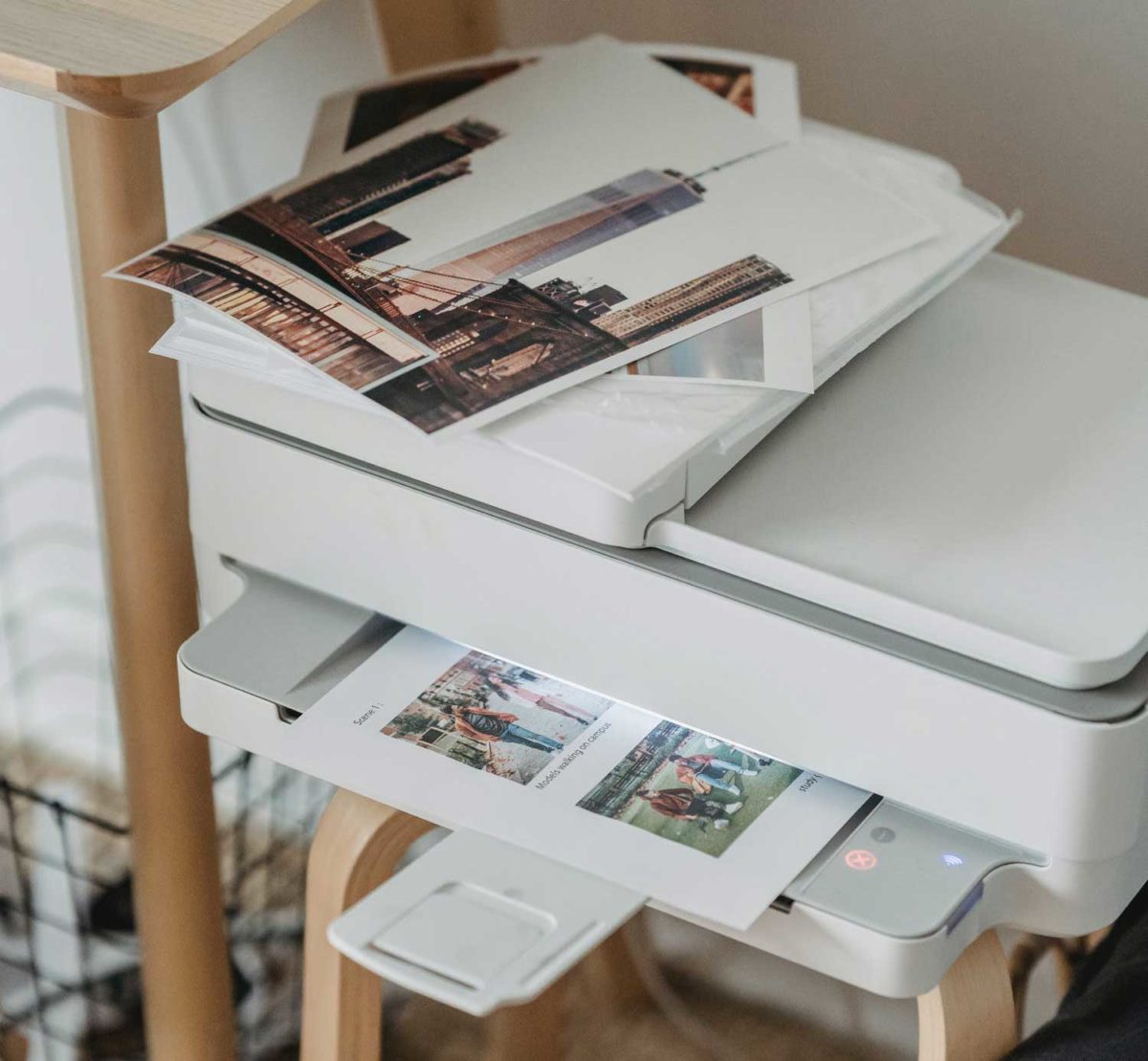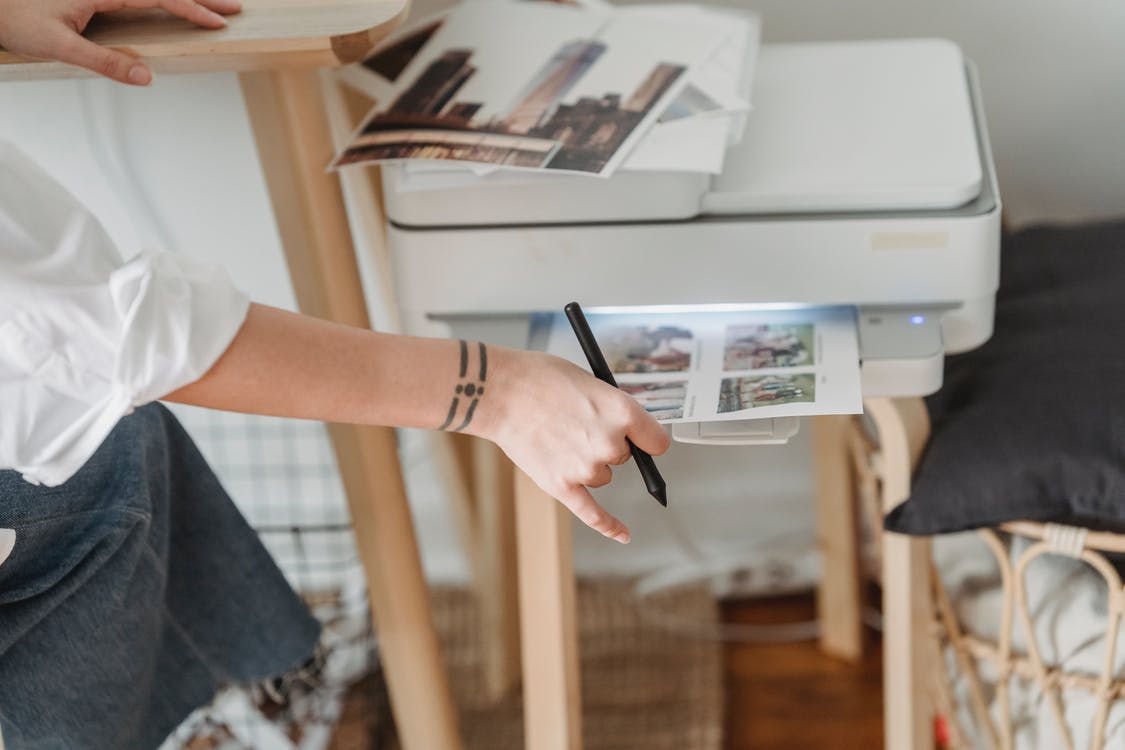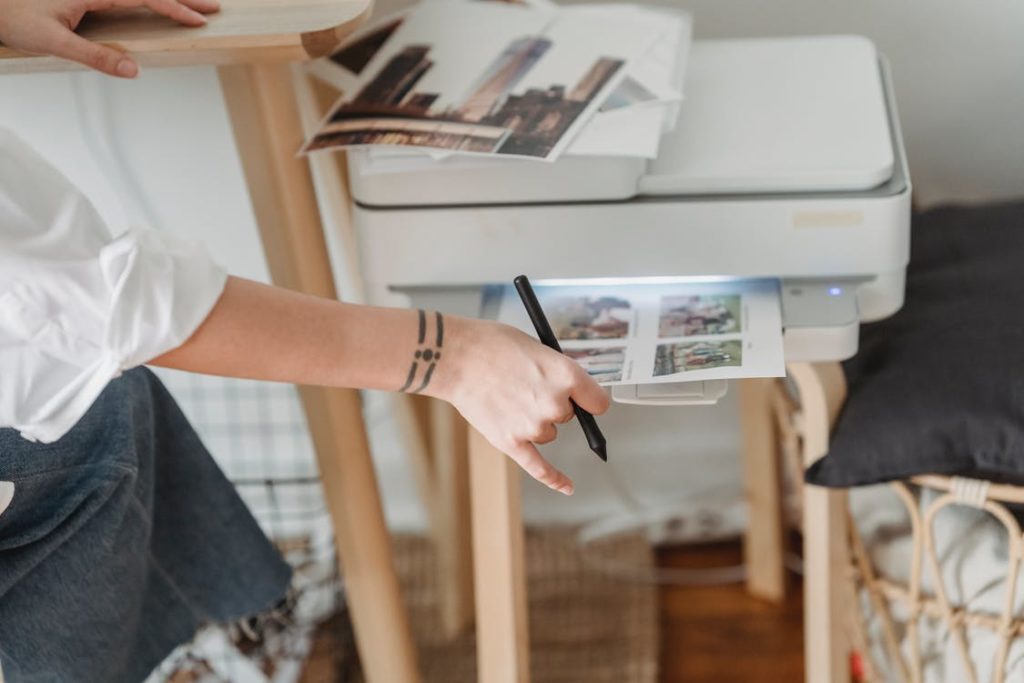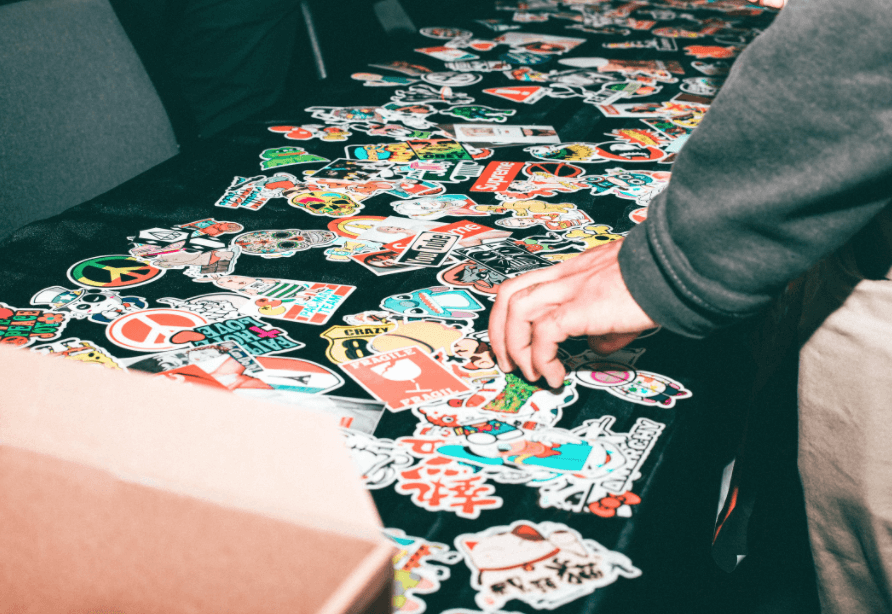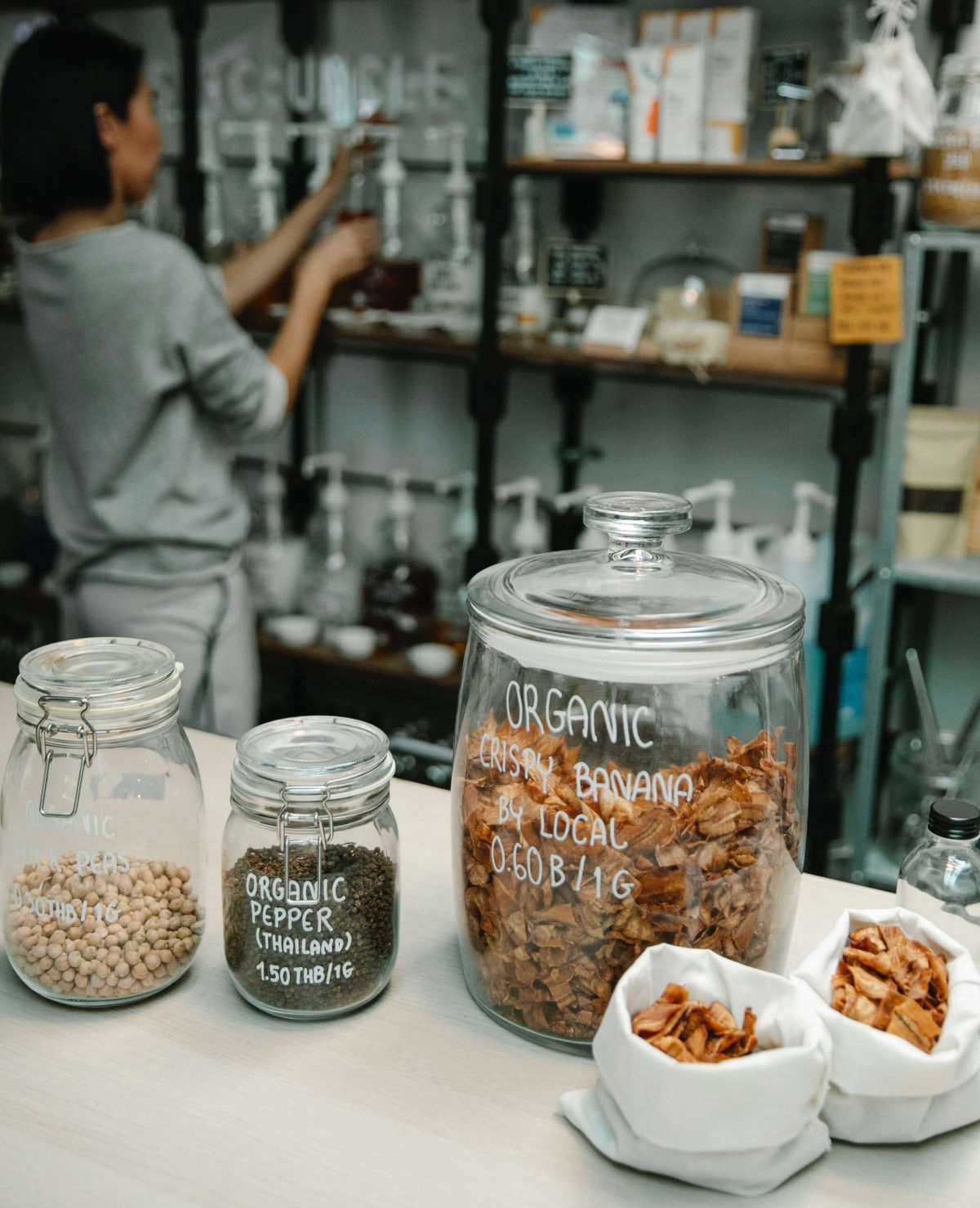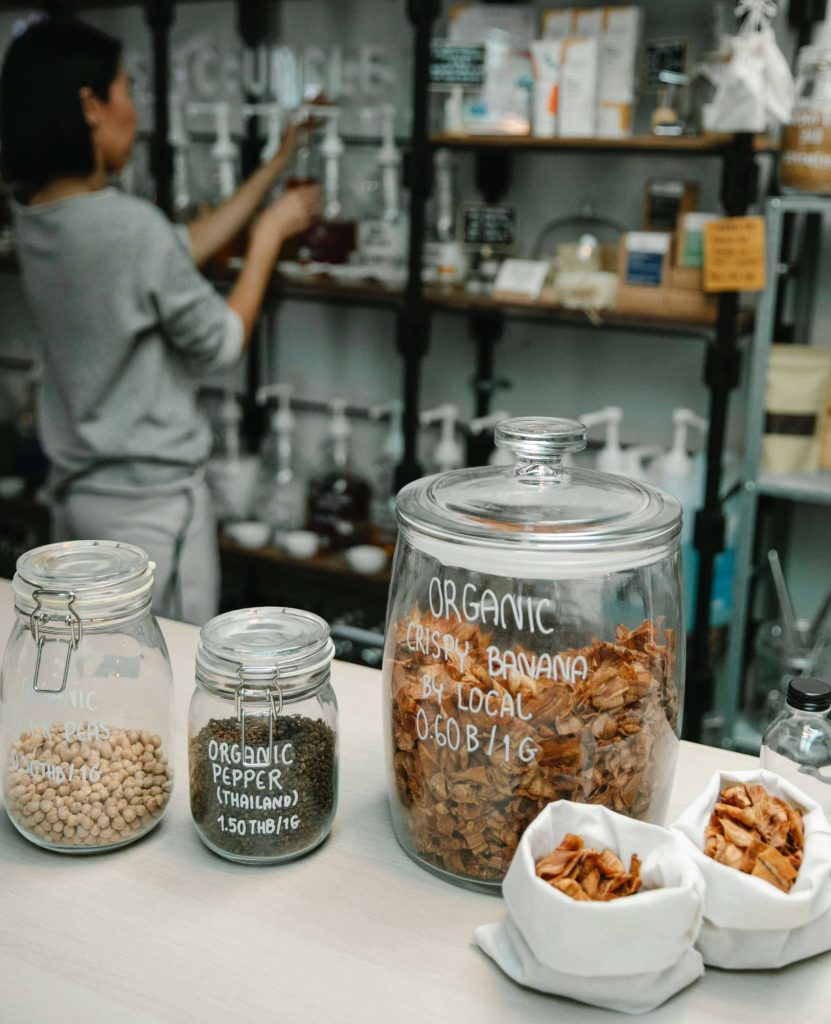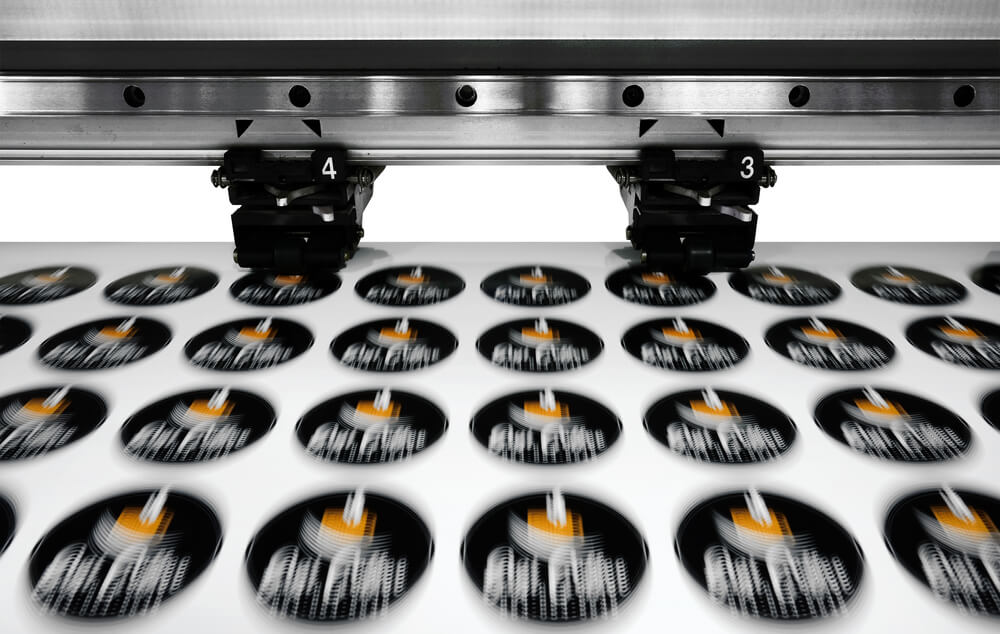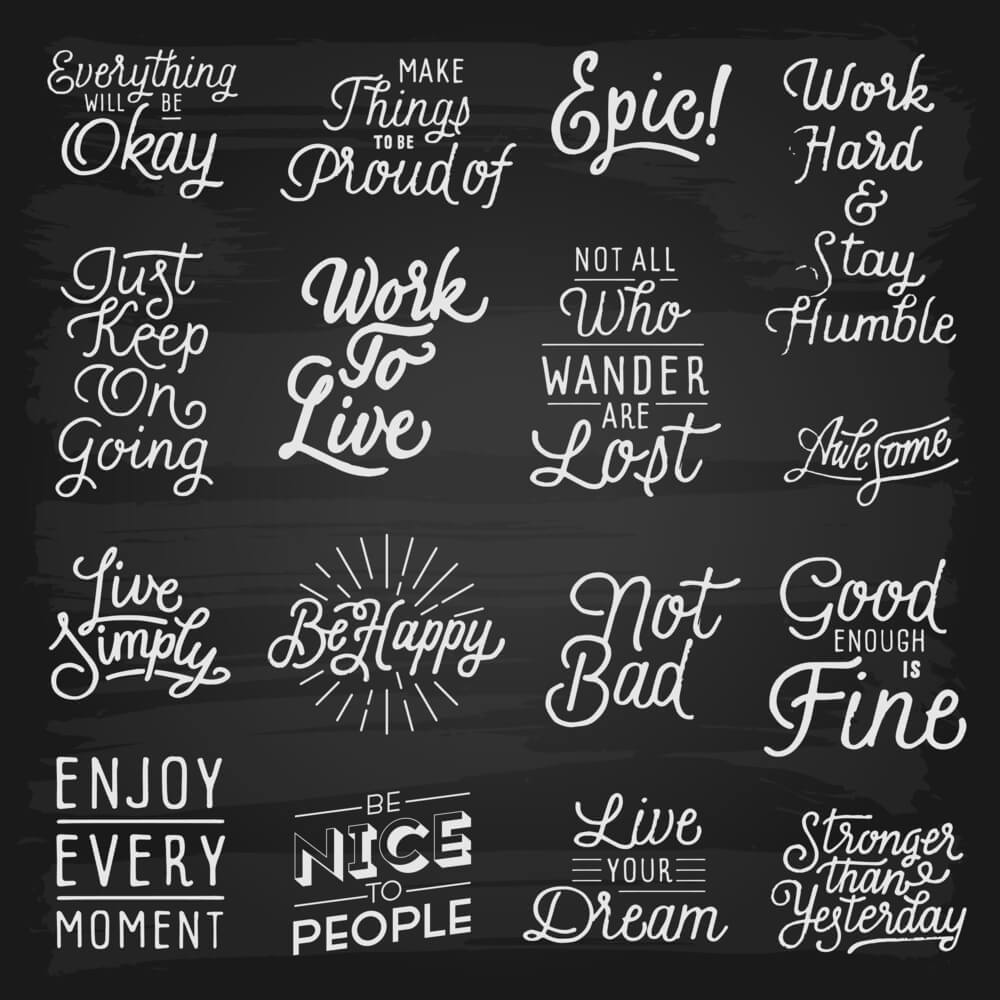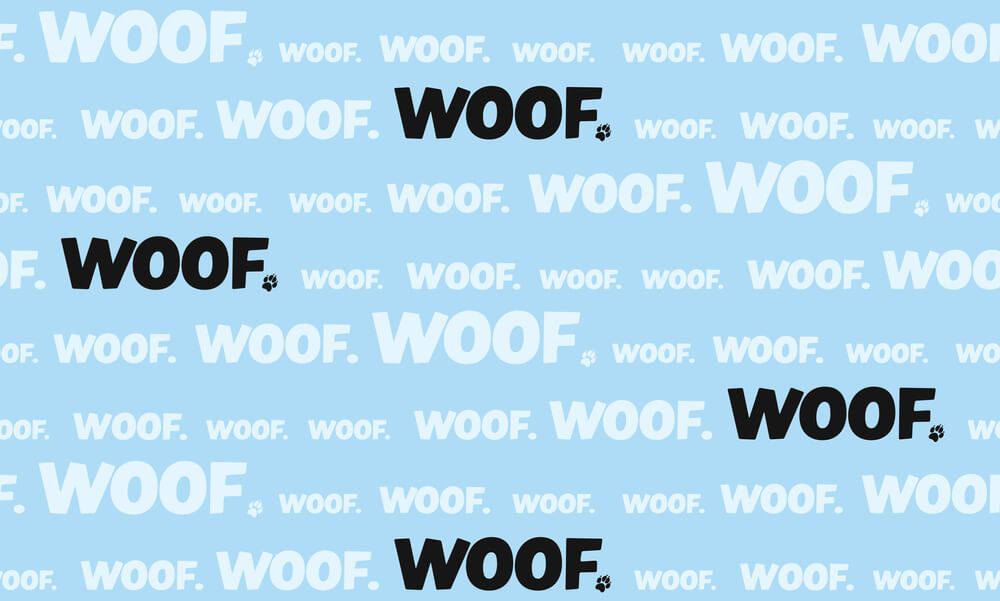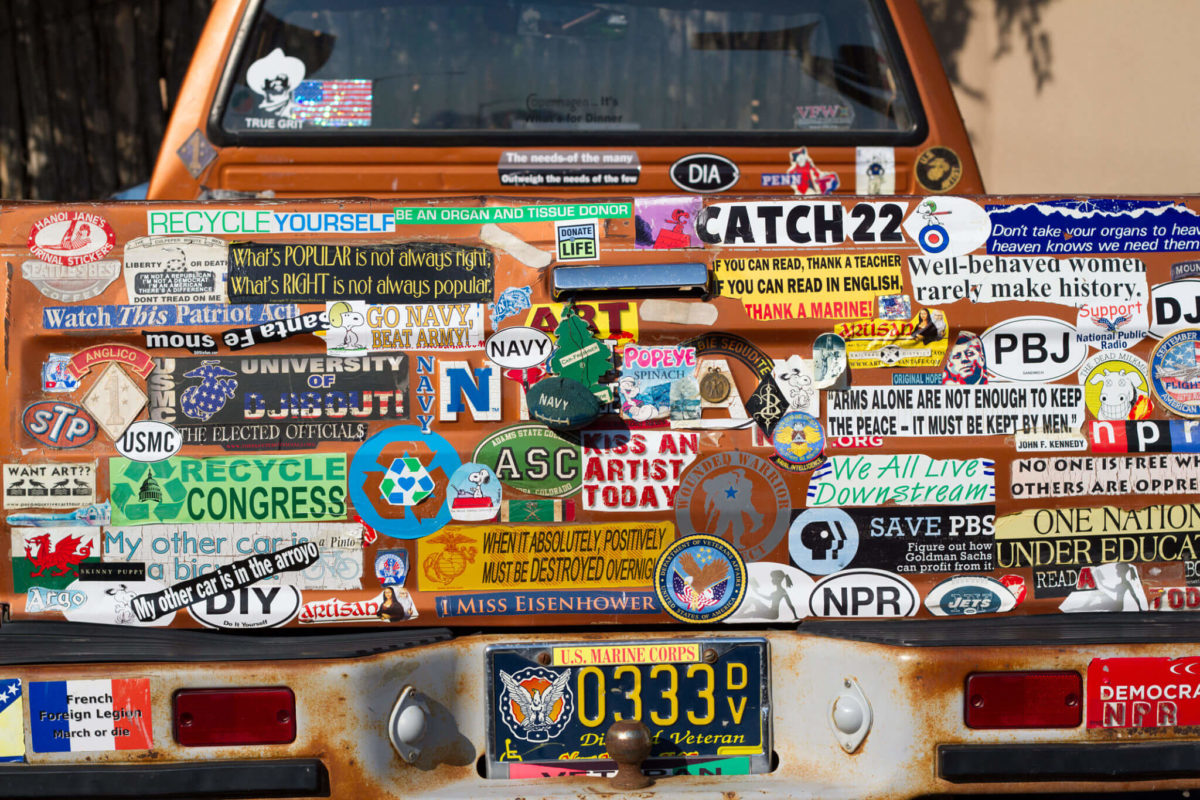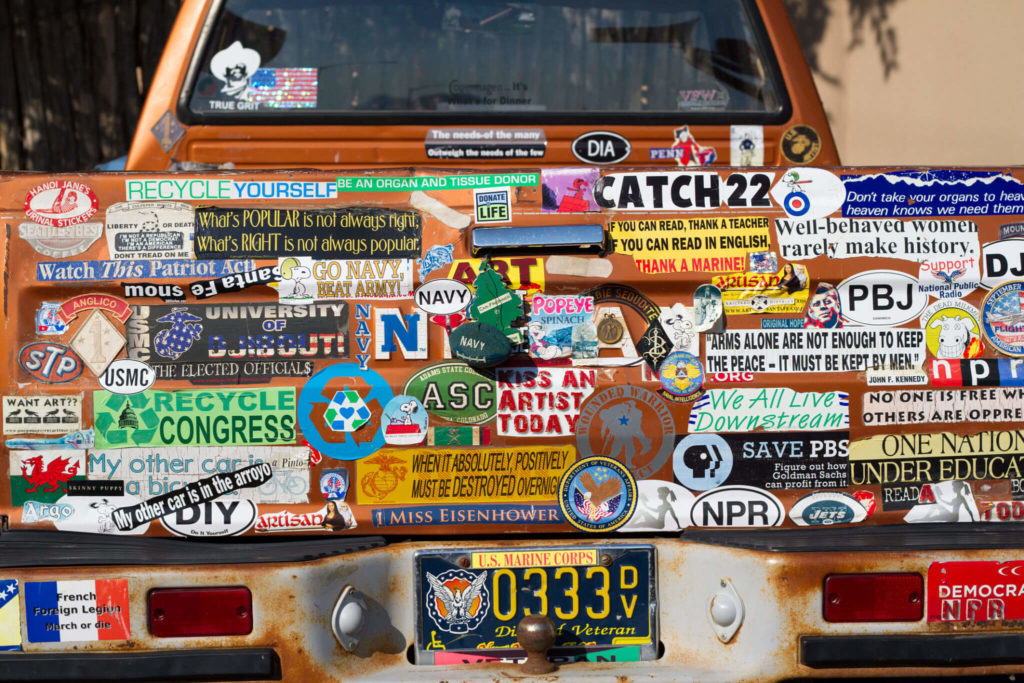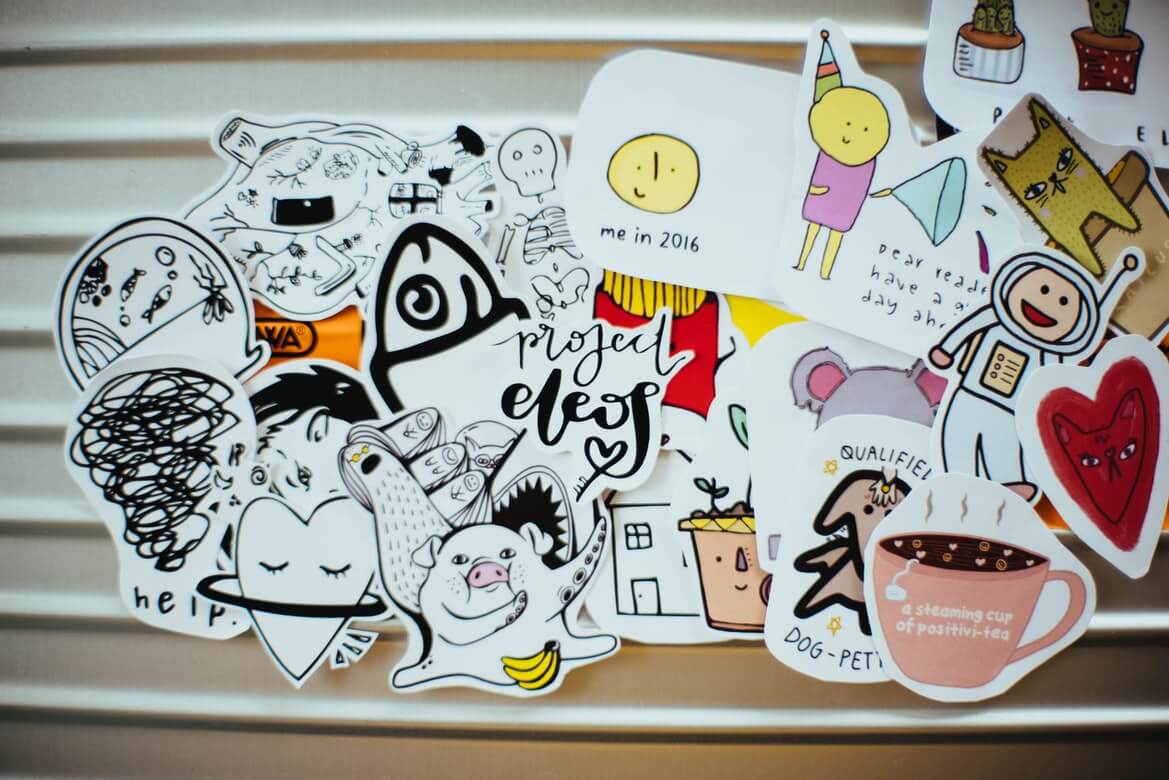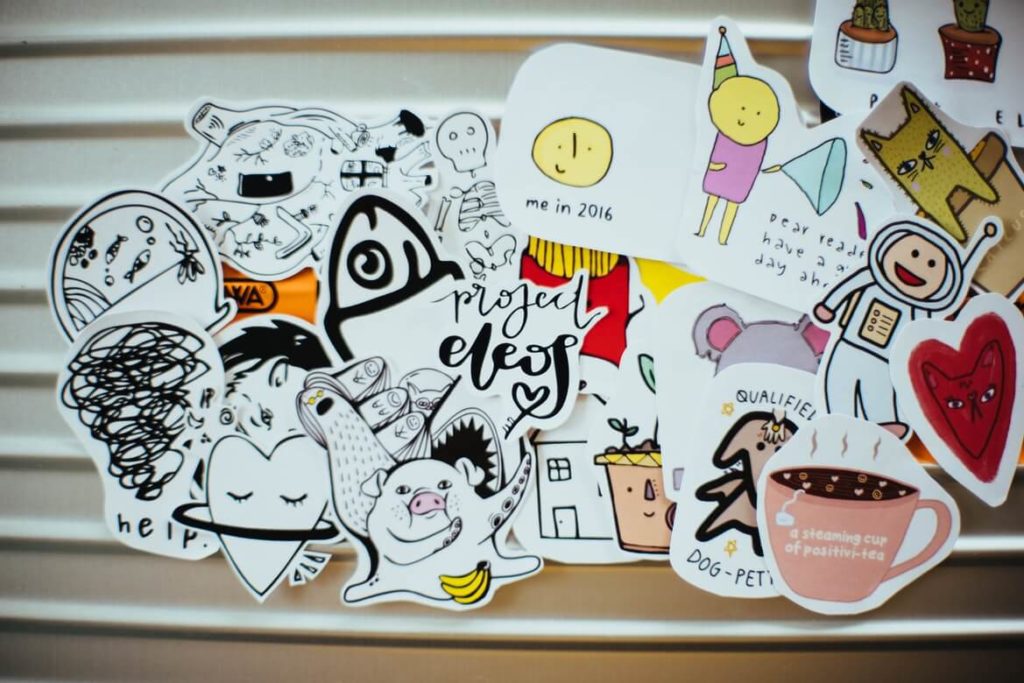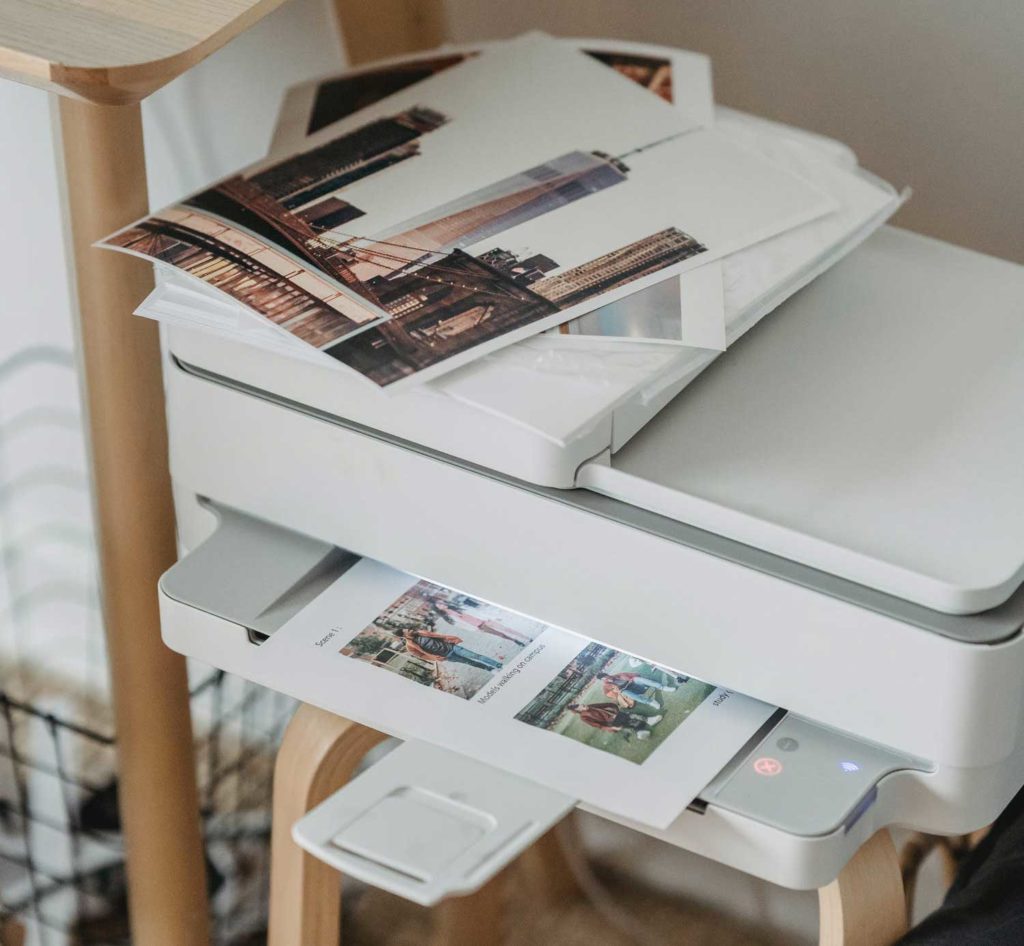
The use of inkjet and laser printers is nothing new. Nowadays, it is hard to find a corporate organization that maintains its operations without using at least one of them. The technology involved with printers has come a long way since it was founded back in 1938. These days, we have different types of printers available in the market, laser and inkjet being the most common. In fact, the paper and labels used in these printers are also functionally different from each other. Hence, the question arises: can you use inkjet labels in a laser printer?
Before delving into the finer details of this, a proper understanding of the characteristics of printer-specific labels is essential. The way these printers process the paper inside and the mechanisms involved in ink absorption vary greatly between printers. While it is true that using inkjet paper in laser printers is certainly possible, it does require particular mechanisms when being handled. This article provides an in-depth guide on the difference between inkjet and laser labels as well as the ways inkjet labels can be used in a laser printer.
The Difference Between Inkjet and Laser Labels
Inkjet printers use a method of ink dispersal on the label’s surface in precise proportions. The ink is usually hot and wet upon dissemination and requires time to cool off and register permanently into the label. The user needs to allow time for the ink to settle, which is aided by the nature of the label itself. Inkjet labels are great in absorbing ink from the surface due to their porous texture. This helps the ink dry faster without the danger of smearing all over the label. The outputs are generally of the desired quality if an inkjet label is used in an inkjet printer.
Laser printers, however, use a different approach to printing and are significantly faster than inkjet printers. They use toner along with pressure and heat to bring out crisp results. The pressure is used to integrate the toner, which is a form of powder, into the label. Heat accelerates the process by making the label more susceptible to pressure. Hence, specific laser labels are required to print in laser printers with maximum efficiency and get quality outputs. These papers have high resistance to deterioration from the heat and pressure and are usually wet with moisture on the inside initially. This prevents the heat from completely drying the paper out before any printing is done.
Can You Use Inkjet Labels In A Laser Printer? If So, How?
While it is not recommended to use inkjet paper in a laser printer, or vice versa, it certainly can be done. A disclaimer here would be to not try bulk amounts as it is not ideal to print even one piece of the label in the wrong printer in the first place. However, in case you do attempt it, a comprehensive guide is provided below as a reference.
Step 1
It is wise to check the type of label you purchased before attempting to run it through a printer. As mentioned before, the build quality of these labels varies between different printers. Make sure you have standard inkjet labels that do not require any added processes to make them print-ready. You can choose from a selection of inkjet labels made of glossy, semi-glossy, or matte materials on the market.
Step 2
The laser printer for use in this procedure must also be a standard version without any added intricacies. Extra functionalities in a printer, like scanning, might change the printing mechanism slightly, which may ruin the entire plan. For testing purposes, try printing a blank sheet of paper and check the quality of the output.
Step 3
Place the inkjet labels on the tray of the laser printer. You should not have any problems in doing this if you have already performed a test print in the previous step. Do not overfill the tray with a stack of labels. You have to realize this is not an ideal scenario, and any form of extra pressure in the procedure can permanently damage your printer.
Step 4
Once the label is placed correctly in the printer’s tray, you are ready to set printing specifications on your computer. Make sure you apply all of the information and designs properly. Only start printing once you are satisfied with the layout. Also, beware of the label getting stuck inside as it is not an ideal printing material for a laser printer. If it is successfully out with your desired design, do not start any rough handling. Give it some time to dry before using it.
FAQs
Below is a list of frequently asked questions about printing inkjet paper in laser printers. We have tried to include the most obvious confusions regarding this topic.
Can you use inkjet labels in a laser printer?
Can you use laser labels in an inkjet printer?
The print is smearing every time I touch the label after it comes out. Why is this happening?
Is it possible to recover the labels that are stuck inside the printer?
Final Remarks
We may not always have dedicated printing paper on hand but might need to use some other variants if an emergency arrives. The functional difference between inkjet and laser labels means it is not convenient to print inkjet paper in a laser printer. However, as discussed in this article, it is definitely not impossible and can be attempted based on necessity.
